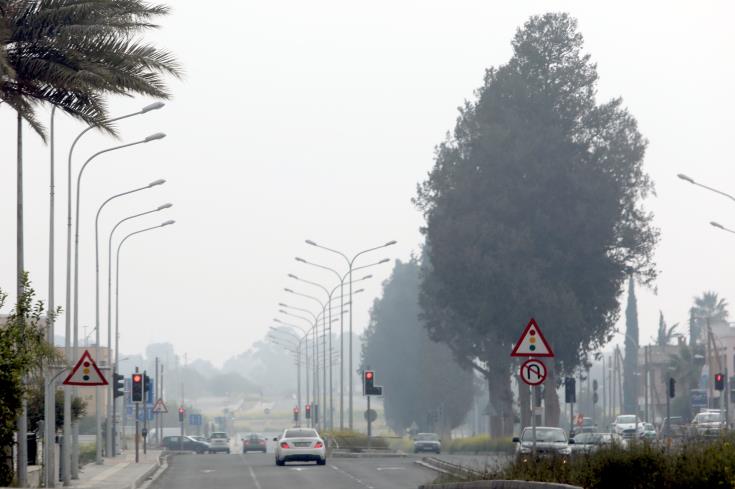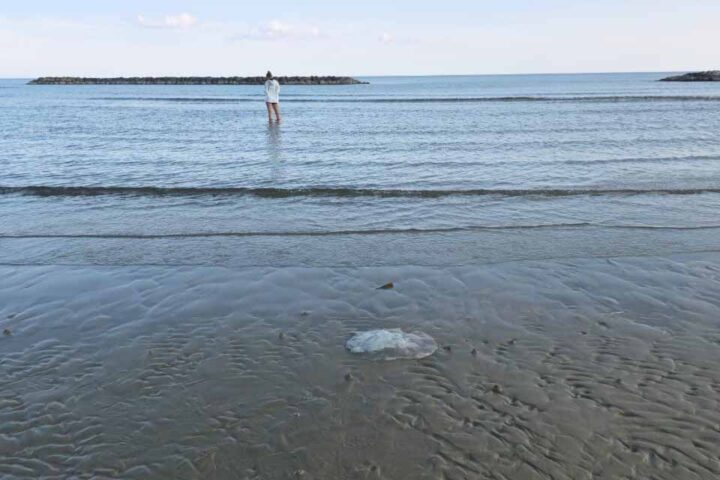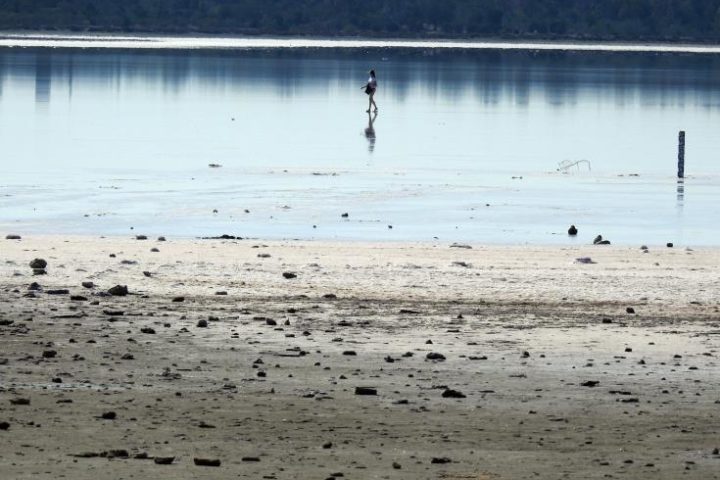Frequently we associate climate change with the images of melting icebergs and lone polar bears clinging to shrinking ice caps as the cliché victims, but most people fail to realise their own wellbeing is at stake.
Due to climate change, air quality around the globe has deteriorated, with Cyprus suffering as it is frequently hit by sandstorms, putting the health of Cypriots at risk.
One concrete realisation is that along with increased temperatures, Europe’s most southern regions are being hit more often by sandstorms from Africa and lately from the Middle East.
Sand particles from the Sahara are lifted into the atmosphere and transported north. The rise in temperature and conflicts has led to the desertification of vast areas in Africa and the Middle East.
Jos Lelieveld, a Dutch atmospheric chemist, said that analyses of Cyprus and the region’s data indicate clearly that changes in weather patterns and events are ever-increasing.
Lelieveld, director of the Atmospheric Chemistry Department at the Max Planck Institute for Chemistry in Mainz and professor at the Cyprus Institute, said with areas in Africa and the Middle East becoming drier, Cyprus will suffer more sandstorms.
“Droughts in the Middle East are decertifying large areas, while frequent wars drive farmers away from their lands, leaving them unmanageable, which helps the process of desertification,” said Lelieveld.
He believes disturbances in the atmosphere, which have changed weather patterns, are attributable to climate change.
“In the Middle East, however, we will witness more extreme weather events, with places like Iraq and Kuwait undergoing a desertification process.
“This will affect Cyprus, as sandstorms will be carrying dust to the island more frequently.
“Studies have found that hospitalisation of people with cardiovascular diseases increases during dust incidents, with problems not stopping there,” said Lelieveld.
He said scientists had detected Meningitis bacteria in the dust blowing to Europe from Africa, but it is unknown whether the dust can actually carry enough bacteria to make people sick.
“Apart from immediate health problems, scientists are also looking into what happens with dust that settles on the ground in Cyprus and Europe.”
Dusty crops
Lelieveld explained that dust carried over from Africa and the Middle East could, in the long run, have an effect on agriculture as the quality of Cyprus soil and crops could also be impacted.
“Cyprus’ economy could further be affected, as frequent dust storms could put tourists off.”
Dust clouds from Africa and the Middle East affect the island mainly in the spring and autumn months.
The Cyprus Institute and Max Planck Institute for Chemistry in Mainz are developing an early warning system for sandstorms.
“It’s essentially an air quality forecast. It is already up and running but needs some fine-tuning before it will be made available to the public”.
Lelieveld added that Cyprus should also be concerned about the rise in temperatures.
“Model calculations show that extreme weather events are on the cards, which, according to calculations, will continue over the next few decades.”
According to measurements, temperatures in Cyprus have gone up by 1֯ C since the beginning of the 21st century and are expected to rise over the coming decades.
He noted that Cyprus would get warmer, but it is lucky enough to be surrounded by the sea; the cool sea wind will keep temperatures in check.
Although not in immediate danger of desertification, Cyprus has to be on its toes and invest in projects to avoid such a process.
“Apart from being cooled by sea breezes, the vast majority of land in Cyprus is managed, either because it is agricultural land or otherwise utilized.
“However, the country will be running a higher fire risk which could push some areas to become drier and running the risk of desertification,” said Lelieveld.
As extreme weather events become more frequent, Cyprus will see more precipitation over a shorter period.
“What this means is that less water will be drawn by the ground to underground water reserves, with large quantities of water finding their way to sea before the ground absorbs it”.










